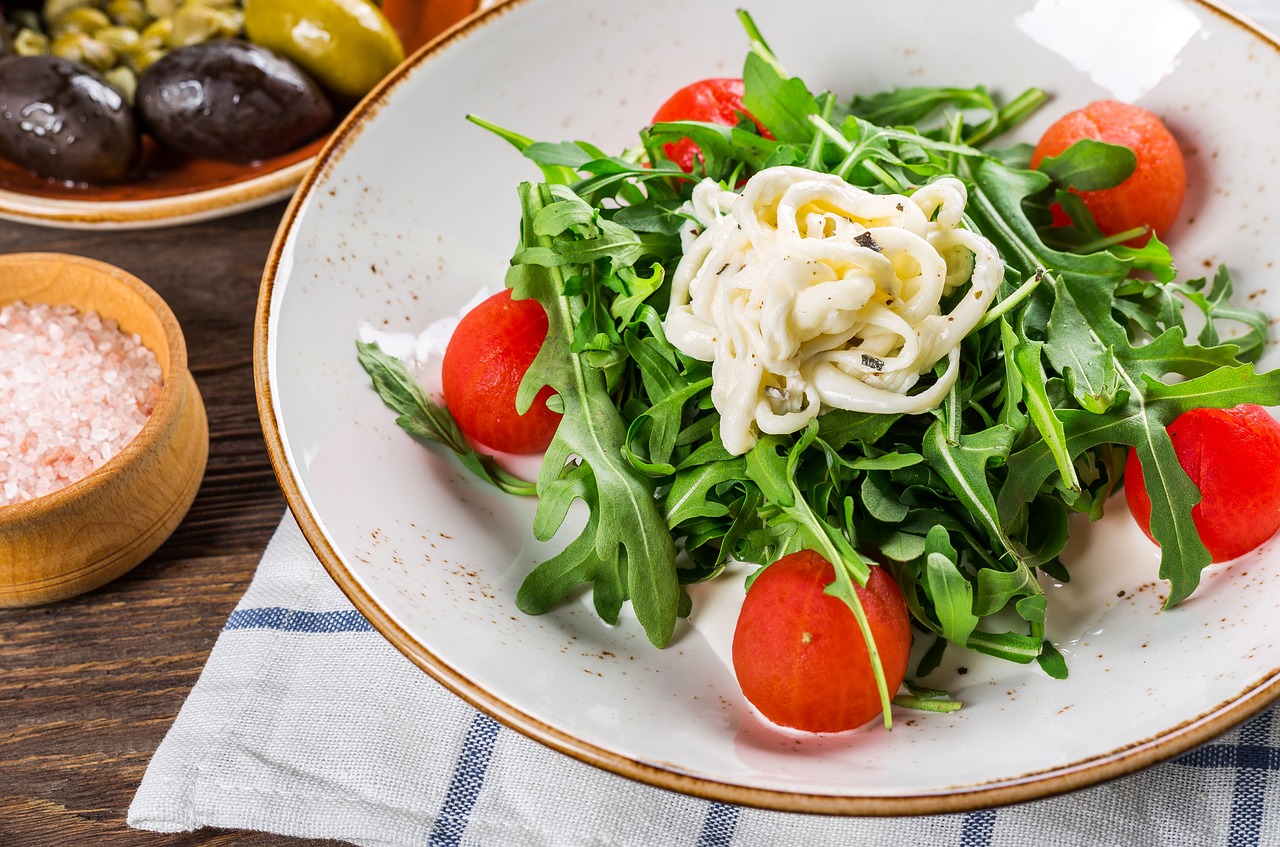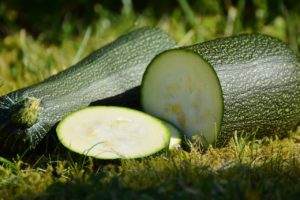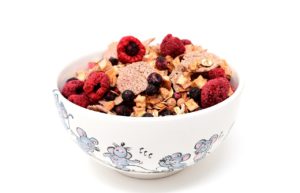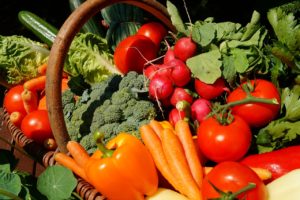Everyone knows that consuming fresh fruit and vegetables can help us lead long and healthy lives. But most people don’t know that, when it comes to nutrition, all produce isn’t created equal. Indeed, some fruit and vegetables are much more nutritionally dense than others. Given that we tend not to eat all of the fruit and veggies that we should, it’s important to make sure that those we choose pack the biggest nutritional bang possible. Here are some that always come out on top:
Vitamin A: When it comes to Vitamin A, which plays a critical role in many of the body’s functions, including vision, bone growth, and the immune system, carrots always win the race. A half-cup of carrot juice provides 450% of the recommended daily allowance (RDA) of Vitamin A; one raw carrot will give you 175% of the RDA. Spinach, kale, cantaloupe, pumpkin, and apricots come in a respectable, though distant, second. There’s only one food that beats out carrots: beef liver. Really, which would you rather have?
Vitamin B6: To a large extent, Americans get most of their B vitamins from fortified cereals. The Vitamin B group is critical to many cell functions, and is instrumental in, for example, carrying oxygen to tissues. Good sources of Vitamin B6 include potatoes (35% RDA) and bananas (34% RDA). Folate, another B vitamin, can be found in spinach, asparagus, mustard greens, green peas, and broccoli.
Vitamin E: Vitamin E is known for its antioxidant properties and protects cells from the effects of free radicals. Spinach and other leafy green vegetables, broccoli, kiwifruit, and mango are all good sources of Vitamin E.
Iron: This abundant metal is critical in delivering oxygen to tissues, as well as in cell growth. Legumes (like beans and lentils) are great sources of iron, as is spinach. Popeye needed to keep the blood flowing to his muscles, right?
Magnesium: About half of the body’s magnesium is in the bones, but the other half helps keeps organs functioning smoothly, the metabolism humming along, and tissues healthy. When it comes to fresh produce and magnesium, the greener the better. That’s because the molecules that give green vegetables their color contain magnesium. However, bananas, potatoes, and avocados also contain magnesium.
Vitamin C: Vitamin C is crucial for a healthy metabolism and is has wonderful antioxidant properties. Although we often association the vitamin with citrus fruits like oranges, there are many other fresh fruit and vegetables that have higher concentrations of Vitamin C. Guava, red peppers, and blackberries are wonderful sources of Vitamin C, as are broccoli and kiwifruit.
It’s important to keep in mind that, if you want to get the most vitamins and minerals from your produce, you should eat it raw. Cooking vegetables drastically reduces their nutritional content, so if you must cook them, try stir-frying or steaming. Likewise, because many nutrients sit close to the skins of vegetables, try to avoid peeling them. Instead, give them a quick scrub with a veggie brush and some water, and eat the skins and all.






